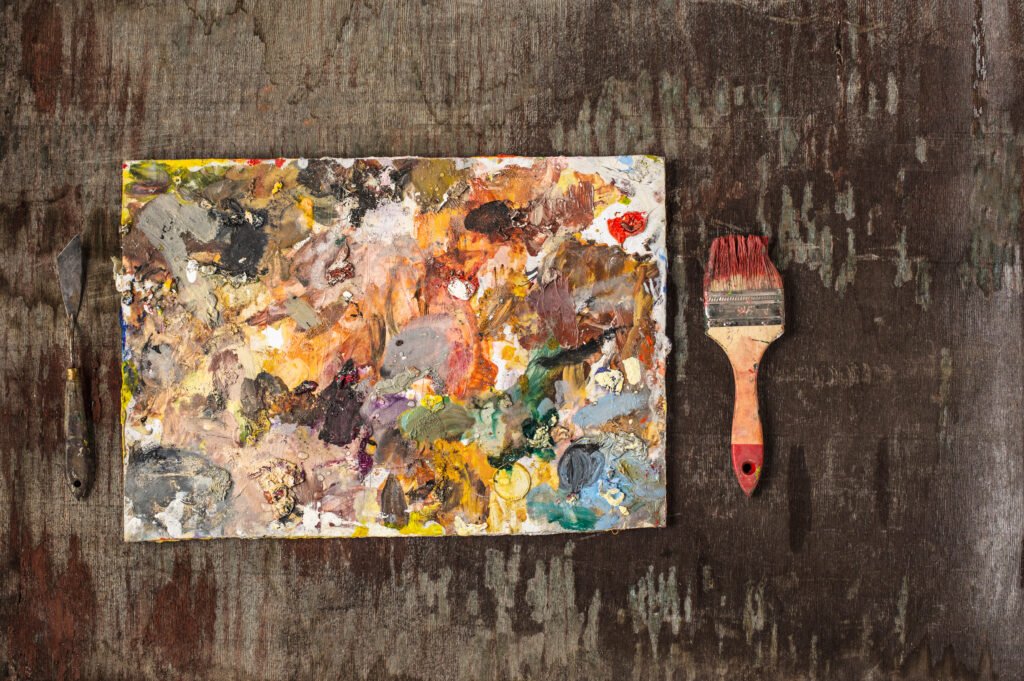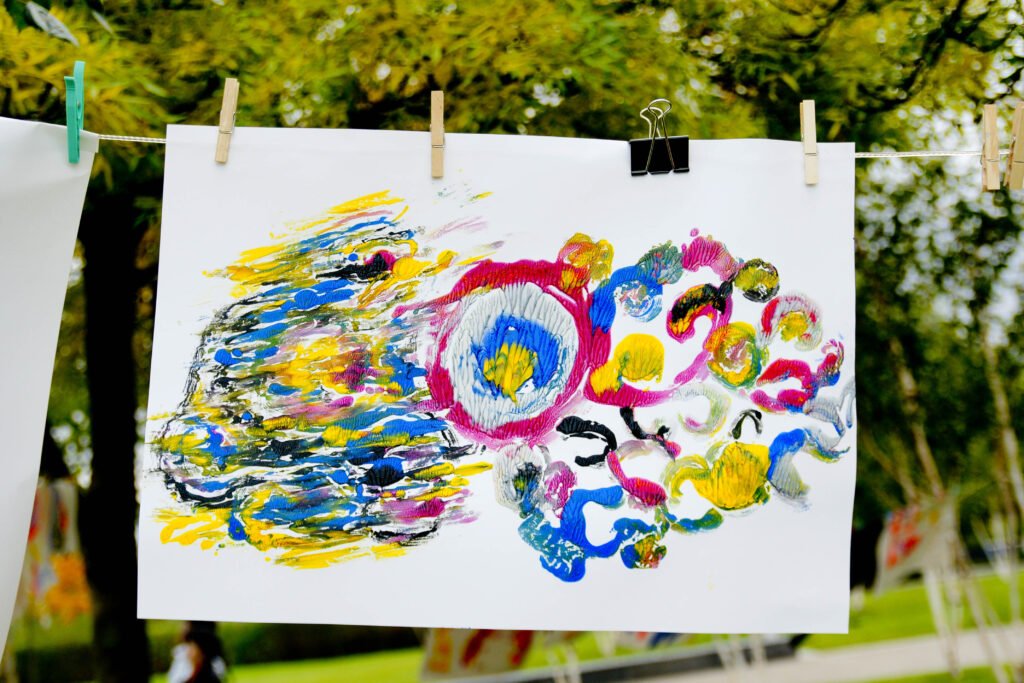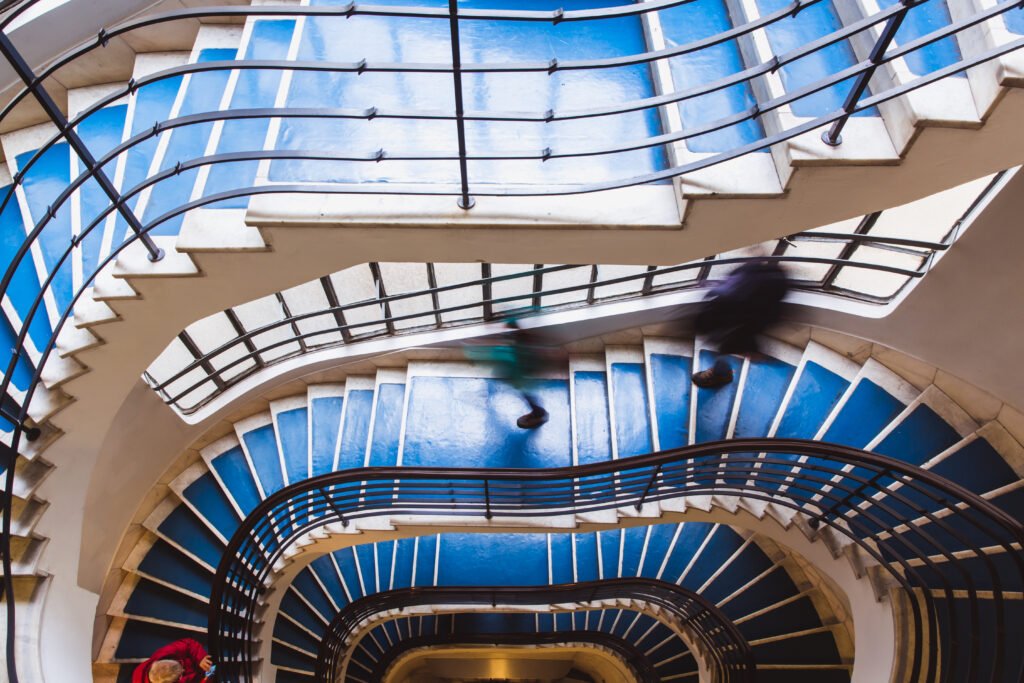Abstract art transformed the artistic landscape of the 20th century, breaking away from centuries of figurative tradition and opening up new expressive possibilities. By moving away from direct representation of reality, abstractionism allowed artists to explore colors, forms, and textures as the main elements of their works.
This movement, which began quietly in the early decades of the century, gained strength and diversified into different styles, deeply influencing artistic production to this day. For those looking to buy abstract art or buy abstract art paintings, understanding its history is essential to grasp the cultural and aesthetic value of these works.
Origins and Early Expressions
The beginnings of abstract art are tied to a search for new visual languages in the late 19th and early 20th centuries. According to the book Concerning the Spiritual in Art by Wassily Kandinsky (1911), the aim was not to copy nature but to express inner states and invisible realities through colors and shapes. Kandinsky, considered one of the fathers of abstraction, believed that art could touch the soul directly without the need for recognizable elements.
Another milestone was the work of Kazimir Malevich, creator of Suprematism, who reduced his works to pure geometric forms, as seen in the iconic Black Square (1915). Meanwhile, Piet Mondrian, with Neoplasticism, developed compositions that explored balance and harmony between straight lines and primary colors.
At this stage, abstract art still faced resistance but was already gaining space in exhibitions and private collections. Museums like MoMA (Museum of Modern Art), founded in 1929, played a key role in preserving and promoting these pioneering works.
The Post-War Explosion of Abstractionism
World War II shifted the center of artistic production, moving the avant-garde from Europe to the United States. It was in this context that Abstract Expressionism was born, led by figures such as Jackson Pollock, Mark Rothko, and Willem de Kooning.

According to the book Abstract Expressionism by David Anfam (1990), this style sought to translate intense emotions into broad gestures and vibrant colors. Pollock, for example, developed the drip painting technique, dripping paint directly onto a canvas laid on the floor, creating dynamic and unpredictable compositions. Rothko, on the other hand, used large fields of color to create meditative and profound atmospheres.
During this period, abstract art became firmly established in the market and began attracting collectors worldwide. Today, when buying abstract art paintings from this era, investors know they are acquiring works of immense historical importance and high financial value.
Abstract Art: New Paths and Integration With Other Languages
From the 1960s and 1970s onwards, abstract art began to interact with other movements such as Minimalist Art and Op Art. Artists like Bridget Riley explored optical illusions, while Ellsworth Kelly used simple forms and flat colors to create visual impact.
According to The Story of Art by E. H. Gombrich (1995), this diversity shows that abstractionism is not a static style but an open field for reinvention. At the turn of the 21st century, digital art brought new possibilities, allowing abstract works to gain movement, interactivity, and even augmented reality versions.
Today, platforms like Saatchi Art connect artists and buyers globally, enabling collectors interested in buying abstract art to find everything from physical canvases to digital works and NFTs. This integration of tradition and innovation shows that the genre remains alive and relevant, ready to adapt to future aesthetic challenges.



